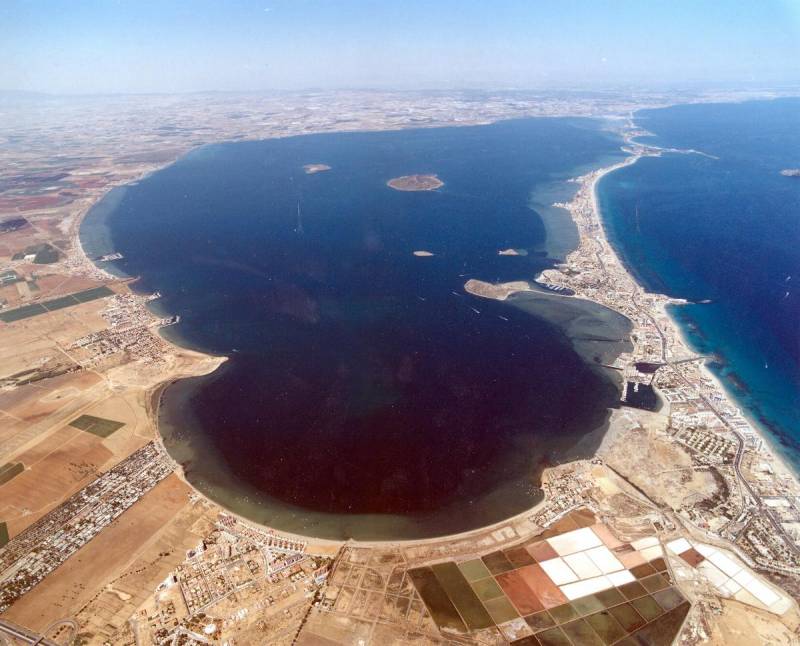Date Published: 01/08/2022
ARCHIVED - The Mar Menor is hotter than it has ever been before
The temperature of the lagoon has reached 31.25ºC – the highest since 2016

The temperature of the water in the Mar Menor is already well above the maximum values recorded in this current historical series and now stands at 31.25ºC. In some areas of the lagoon, such as the one located next to the yacht club of La Isleta, in La Manga, the thermometer reached 32.4ºC at the last measurement.
This is according to Regional sources from the Mar Menor Monitoring Committee. The committee’s spokesman, Emilio María Dolores, stated that “there are areas with very shallow depths where the temperature at two o’clock in the afternoon can exceed 34 and even 35 degrees.”
The previous maximum temperatures in the Mar Menor was registered in 2016, when they reached 30.85ºC.
These temperature rises are intrinsically linked to the recent heatwaves, which have also seen the temperature of the Mediterranean Sea shockingly rise above 30ºC.
Despite the warming of the Mar Menor, Mr María Dolores described the current state of the lagoon as “acceptable” thanks to other values that remain stable, such as oxygen and chlorophyll levels, and actions that public administrations are carrying out to control the entry of nitrogen and phosphorous into the Mar Menor.
In previous years, the warming of the Mar Menor has served to accelerate algal bloom and evaporation of the water, lowering the oxygen levels in the lagoon and killing off fish and other wildlife.
While officials are optimistic about the outlook for the Mar Menor this year and do not foresee any mass die-offs of fish of the kind seen last year, there is no denying that the fact that the Mar Menor has broken all its previous records for high temperatures represents a serious problem for the ecosystem.
The removal of seaweed and sludge from the Mar Menor shorelines has stepped up, with 14,718 tonnes having been removed so far this year – around 114 tonnes of algae every day using “rakes, to minimise the possible impact on other species”, according to the Committee spokesman.
Likewise, officials have even observed an increase in the population of white jellyfish in the Mar Menor, a positive indicator of the continuing ability of the lagoon to support life.
Although experts see an improvement in the state of the Mar Menor, they have conveyed to the President of the Region, the state of the lagoon “is still critical” and that the removal of mud, as well as the entry of water, nitrate and phosphorus, must be assessed.
Image: CARM
Contact Spanish News Today: Editorial 966 260 896 /
Office 968 018 268





































